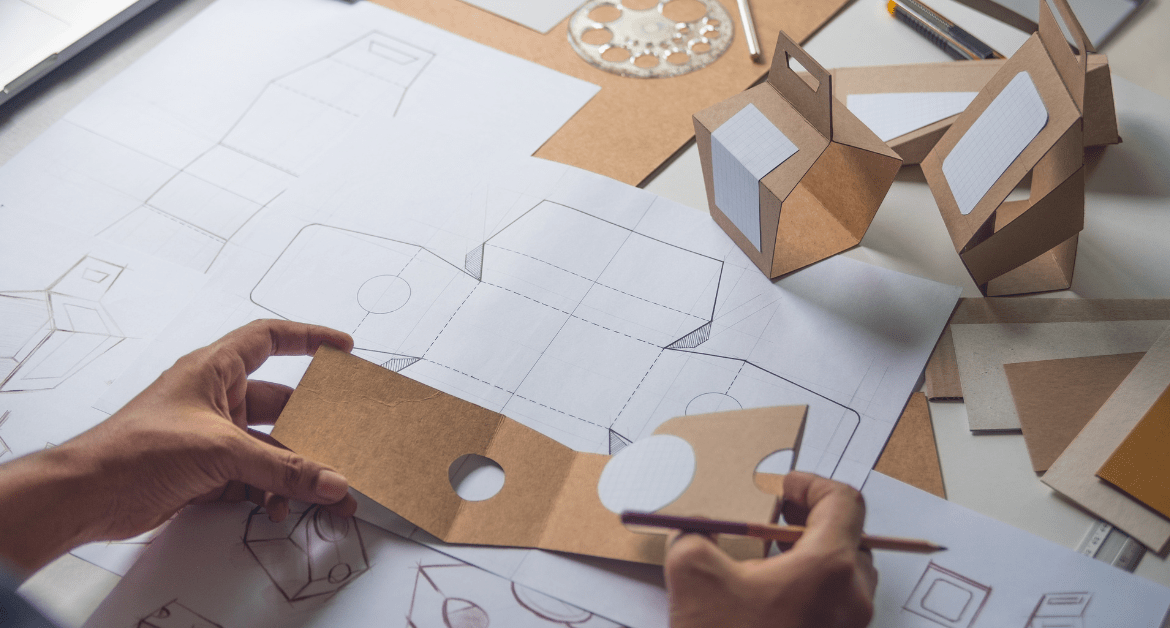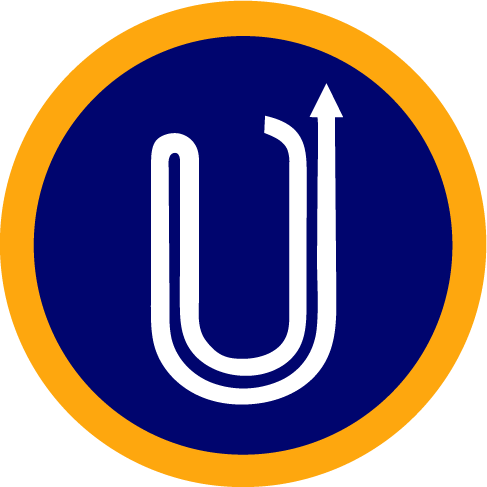
In a crowded retail marketplace, custom product packaging can be a powerful way for brands to stand out. But what exactly is custom packaging design, and how do you create packaging tailored to showcase your product? This comprehensive guide covers everything you need to know about custom packaging design that reflects your brand identity and appeals to your target buyer. Whether you want to convey a premium image or an eco-friendly ethos, customizing every element of your product’s packaging – from structural shape to materials, colors, branding, and more – can help your product connect with consumers and get noticed on the shelf.
We’ll explore popular types of custom packages, key design elements to customize, cost considerations, and important strategic questions to answer before beginning the custom packaging design process. With the right approach, investing in custom packaging can pay dividends by making your product more distinctive, reinforcing your brand story, and driving sales.
What is Custom Packaging?
Custom packaging refers to packaging designed specifically for your brand, rather than using generic, off-the-shelf packaging options. With custom packaging, every element is personalized to fit your product and reflect your brand image, from the structural shape to the materials, colors, graphics, and more.
Custom packages are made uniquely for your product. You work closely with a packaging designer or manufacturer to create bespoke packaging options built around your specifications. This allows you to craft eye-catching packaging that helps your product connect with your target buyer and builds brand recognition on the shelf.
Why Invest in Designing Custom Packaging?
With the right strategy, investing in customized packaging can pay dividends when it comes to making your product stand out. Here are some of the key benefits:
Make Your Product Distinctive
With so many competing products on shelves, custom packaging instantly makes your product more recognizable and unique. Strategic packaging shapes, colors, and branding help your product stand out from the sea of sameness.
Reflect and Build Your Brand
Your packaging should reflect the personality and essence of your brand. Custom packaging allows you to use shapes, materials, graphics, and messaging to create a cohesive look that communicates your brand story. It acts as a critical touchpoint to reinforce your branding.
Appeal to Your Target Audience
Tailored packaging design allows you to create messaging, aesthetics, and user experiences specifically catered to your ideal buyer. Packaging that resonates with your audience helps attract their attention.
Protect Product Integrity
For certain products like cosmetics, electronics, or food items, the right custom packaging can help protect the contents from damage. Unique structures and materials safeguard your product in transit.
Reduce Environmental Impact
Customization allows you to right-size packaging and avoid unnecessary waste. Features like recyclable and reduced materials help minimize environmental impact.
Add Value
Unique, bespoke packaging helps give products a premium, high-end feel that can justify higher price points. It adds tangible value beyond just the product inside.
Read: Cargo Loading and Unloading for E-commerce Businesses
Common Types of Custom Packaging
If you’re exploring custom packaging options, some popular categories include:
1- Boxes
From paperboard sleeves to rigid boxes, this versatile format can be fully customized to suit everything from retail products to luxury goods. Boxes allow ample space for impactful branding.
2- Bags
Plastic and paper bags in all shapes and sizes provide a lightweight way to package small retail items, foods, cosmetics, and more. Their portability makes them popular for promotional giveaways.
3- Bottles & Cans
Custom glass or plastic bottles provide endless opportunities to showcase beverages, cosmetics, and pharmaceuticals. Cans also offer branding real estate for products like beverages, food items, and other goods.
4- Tubes
Often used for products dispensed through squeezing like cosmetics, paints, and ointments, tubes can take on unique shapes and graphics.
5- Blister Packs
These pre-formed clear plastic bubbles are perfect for prominently showcasing smaller products from electronics to toys to hardware items.
6- Clamshells
Hinged plastic containers that open like a clamshell are popular for displaying products while allowing easy access. Electronics, cosmetics, and food items often use clamshells.
7- Pouches
Stand-up and flat pouches made of plastic, foil, or hybrid materials nicely package loose small items from cosmetics to snacks. Resealable closures keep contents secure.
8- Stick Packs
Tiny bags custom-designed for single-serving use are ideal for products like drink mixes, medications, supplements, and condiments.
9- Closures
From caps and lids to innovative dispensing options, closures protect contents while allowing easy access. Customizing provides branding opportunities.
10- Labels
Even basic packaging can get a custom touch with unique labels, sleeves, and stickers that reflect your branding.
Check Out: How to Ship and Pack Glassware and Fine China
Key Elements in Custom Packaging Design
If creating a fully custom package, some key elements to customize include:
Shape and Structure
Consider how altering the form, folds, openings, and silhouette can make packaging more unique and eye-catching. Structural changes also improve product protection and functionality.
Materials
From different plastics and sustainable materials to glass and metal, material choice impacts aesthetics, branding potential, product protection, and cost.
Graphics
Leverage techniques like color schemes, patterns, illustrations, typography, and photography to create visual branding that reflects your style.
Text
Packaging text like slogans or product information should reinforce your messaging and brand voice for buyers.
Coatings and Finishes
Special varnishes, textures, foils, embossing, and other embellishments add luxury appeal.
Functional Parts
Add useful features like handles, dosing parts, resealable zippers, and applicators that improve the user experience.
How Much Does Custom Packaging Cost?
Costs for custom packaging vary substantially based on factors like:
- Materials – More premium materials like thick plastics, glass, or metal raise costs compared to paperboard or lightweight plastics.
- Special Printing – Multiple colors, finishes, and coatings add expense compared to basic printing.
- Structural Complexity – Unique shapes and openings require more complex tooling and molds which increase manufacturing costs.
- Order Quantities – For smaller runs, high setup costs get spread over fewer units raising the per-unit price. Larger quantities provide economy of scale.
- Location – Manufacturing in some overseas locations can reduce costs substantially. But, shipping from far away adds costs.
In general, expect custom packaging to cost a few cents to a couple of dollars more per unit compared to generic, stock packaging. It’s an investment that can deliver valuable benefits by making your product more competitive, memorable, and appealing to buyers.
Learn: Package Furniture for Shipping from USA to India
With clarity on your strategic packaging goals and audience, you can then creatively execute designs that help your product connect with buyers in a crowded retail space. Keep these guiding questions top of mind through every phase of the design process.
The finishing touch? Be sure to test your custom packaging with real buyers through focus groups to gain valuable feedback before launch. With strategic and thoughtful custom packaging design, you can make your product stand out on shelves and reinforce what sets your brand apart.

 800-13-7356
800-13-7356
